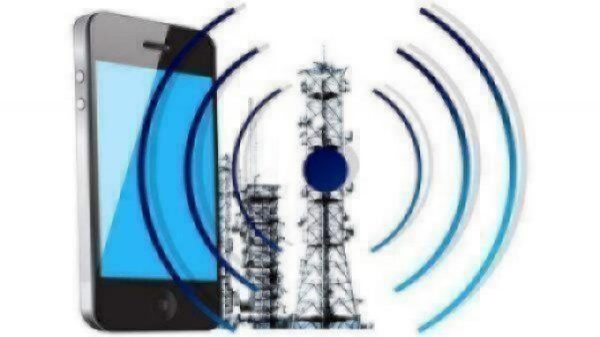WiFi Going 6GHz
Article By : Rick Merritt

Next-gen spec work starts in May
SAN JOSE, Calif. — Engineers agreed to start work in May on a next-generation Wi-Fi standard that could provide up to a four-fold boost in throughput. The Extreme High Throughput (EHT) spec may be the first designed from the start to include support for the 6 GHz band and to put Wi-Fi standards on an accelerated release cadence.
Developers hope the 6 GHz band is cleared by 2020 for unlicensed use that would include both Wi-Fi and cellular. Wi-Fi proponents aim to retrofit 802.11ax for 6 GHz by that time and have an enhanced 6 GHz implementation available with EHT by 2023.
The EHT initiative comes on the heels of disappointment over the longer than expected time it took to finish the latest Wi-Fi upgrade. The .11ax spec, just now coming to market in pre-standard versions, took more than four years to finish, one of the longest 802.11 projects to date.
Complexities of the .11ax spec created longer discussions at the beginning of the work than expected. Toward the end, engineers tried to insert many new features in the spec, generating many technical comments that took time to resolve, said Laurent Cariou, a Wi-Fi standards specialist at Intel.
With EHT, “we are trying to put in place a new process to get to a two-year cadence,” said Cariou, who worked on 11.ax and now focuses on the new spec.
The past three major Wi-Fi standards took nearly five to six years each and generated two commercial releases each based on certifications from the Wi-Fi Alliance (WFA). Thus the .11ax standard finished this summer should spawn a WFA certification based on one subset of its features in 2019 and another in 2021.
Now some engineers hope to put the IEEE process on a two-year cadence, each with one WFA certification. The faster process aims to keep engineers focused on immediate market needs.
“Two years from now, we’ll be resolving comments on EHT and starting a new project, so people interested in new features will move to the new program,” Cariou said.
“There’s a consensus people want to move faster. Some want to move to two years and others are not so committed, so it’s hard to say how it will sort itself out,” said Michael Montemurro, a director of standards at Blackberry, who chaired a group that voted earlier this month to start formal work on EHT in May.

Initial targets are throughput and latency
So far engineers have only stated high-level goals for EHT of boosting maximum theoretical throughput and thus capacity about four-fold while improving efficiency and latency. More detailed goals will get hammered out in a study group before official works starts in May.
The latency goal targets video, gaming, AR/VR and industrial time-sensitive networks. An Intel analysis found Wi-Fi can deliver a millisecond latency. That’s better than cellular, but Wi-Fi needs emission and synchronization controls to maintain that level when multiple users share the medium or it faces significant interference.
EHT also may explore adding features that let access points (APs) coordinate for better coverage. It may expand on or formalize work on master and slave APs in the WFA aimed at ensuring whole-home coverage at the lowest cost.
The new standard also is expected to support 16 streams, twice as many as 11.ax. It also could enable APs to support multiple simultaneous transmissions across multiple bands.
The Wi-F standards have in some ways gotten ahead of the market, some observers say. The specs already support as many as eight antennas and throughput of about 5 Gbits/second while commercial APs typically max out at four antennas and many Internet access providers are just now rolling out Gbit/s links.
Cariou and others argue it’s good to stay ahead of still-expanding access networks. The fast Wi-Fi data rates also deliver efficiency, keeping down network loads and saving battery life on devices.
One of the biggest challenges ahead is getting access to as much as 1.2 GHz worth of the 6-GHz band for unlicensed use. The bands are already used in part by satellite and public safety networks as well as carriers doing mobile backhaul.
Companies are in discussions with regulators in the U.S. and Europe that look promising, Cariou said. Some EHT members are already making presentations about the possibility of APs that simultaneously send and receive data over 2.4, 5 and 6 GHz bands.
The 3GPP, the cellular world’s main standards body, is working on a version of its 5G radio for unlicensed bands such as 6 GHz. “I think its in a study item, but they will move fast, probably faster than 802.11,” Cariou said.
The good news for the Wi-Fi proponents is interest is still high, with the latest meeting in San Diego drawing more than 150 people. “The rooms were packed,” said Cariou.
— Rick Merritt, Silicon Valley Bureau Chief, EE Times